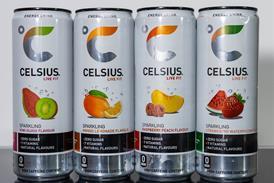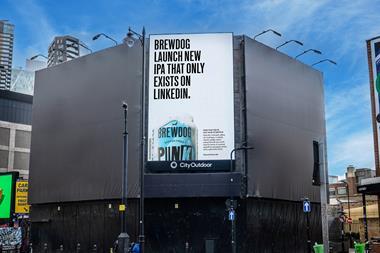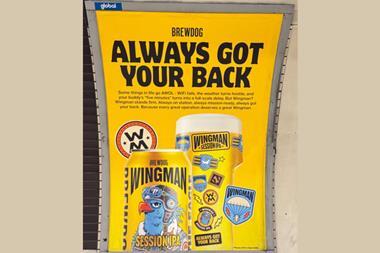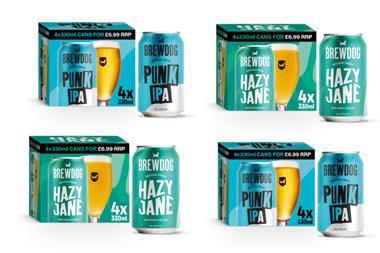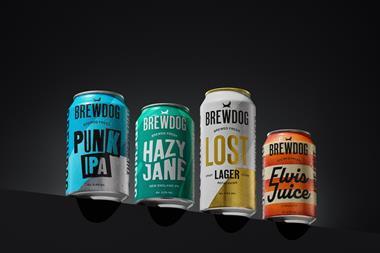Christmas Alcohol: Premium offer
2013-09-24T10:19:00

Christmas is the season of giving, so give your customers a premium alcohol offering and watch sales snowball, writes Aidan Fortune.
ALREADY HAVE A REGISTERED USER ACCOUNT? PLEASE LOG IN HERE
To read the full story join the ConvenienceStore.co.uk community today!
Registration is quick and easy and provides access to:
- Unlimited ConvenienceStore.co.uk articles
- Our great range of newsletters
- Content you’ve saved for later via the ‘my library’ feature
And much more…
Related articles
More from Products In Depth
Unlimited Access + Newsletters
Register today to gain unlimited access to articles and to receive our great range of email newsletters.








